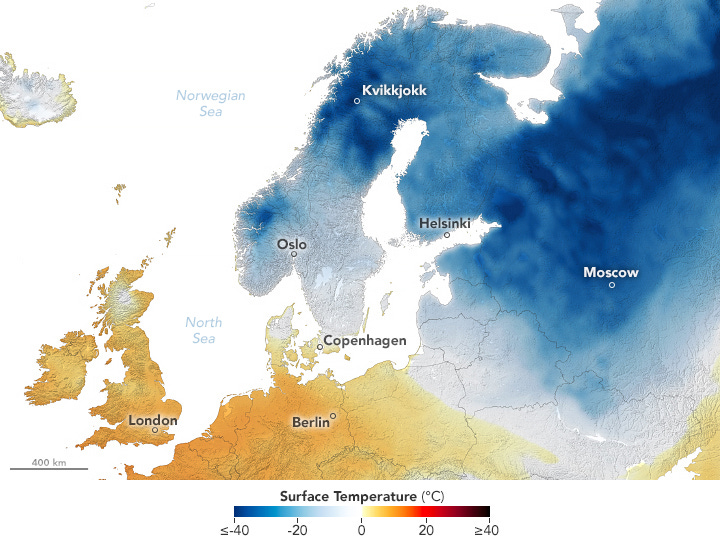Remote Possibilities
Technology innovations are driving creative renewable energy solutions for utilities and businesses
In my last post, I wrote about data centers and how global interest in artificial intelligence is driving a boom in building new facilities in the U.S. as well as globally. These data centers are, in turn, raising a host of questions for policy makers, grid companies, and utilities. This topic will continue to drive headlines in the coming months and years as countries electrify large swathes of their economies.
This week I wanted to continue writing about data centers, but with a particular focus on where they are being built. As stories continue to emerge, we are going to see and hear a lot more about the location of data centers and the effects they are having (or are projected to have) on grid reliability and electricity demand. In particular, I’m most interested in how geographic advantages are being coupled with technological advancements to help countries and companies meet their low carbon goals.
Hot Springs of Innovation
For those companies looking to build data centers that consume purely renewable electricity, locations with large amounts of hydropower, solar power, or geothermal power are natural locations. There is a plethora of research on this topic describing how countries in Scandinavia and the U.S. Pacific Northwest are capitalizing on their prime locations to entice companies and countries to relocate certain operations and processes.
In Scandinavia, for example, policymakers in Greenland, Norway, and Iceland have long recognized that the natural advantages provided by their countries’ cold, rocky terrain offer unique benefits to data centers. Consider the following facts:
Iceland, Greenland, and Norway have access to significant renewable energy resources (hydropower and geothermal power). In fact, 100% of Iceland’s electricity is produced by renewables while Norway sits around 95%.
These countries are located in cold climates, allowing them to use naturally cold arctic air to cool down their data centers.
All three have governments and policies that are supportive of drawing in new data centers - especially given the potential jobs and knowledge they can bring to the economy.

The above factors, coupled with the stability and security of being located in the far north of the northern hemisphere, mean that Iceland, Greenland, and Norway are capitalizing on their countries’ natural features to derive real economic benefits.
With Google dropping additional investment into its Finland data center and with Facebook owning its own campus in the north of Sweden, expect to see countries and big tech firms continue to collaborate to take advantage of northern Europe’s steamy hot springs and crisp, Arctic air.
Energy Without Borders
While much can be said about building data centers and other energy-intensive facilities close to where the energy is cheapest, advancements in ultra high voltage direct current (UHVDC) transmission lines mean that distance doesn’t need to be a limitation.
As I wrote back in 2021, China is a global leader in the production and installation of UHVDC lines which enable it to capture solar power harnessed in far flung desert regions and carry it (with minimal losses) to urban centers located along the eastern coast. For example, the Tengger Desert Solar Park built in China’s arid Ningxia province is capable of generating 1.5 GW of solar power that can then be carried to places such as Beijing and Tianjin. (Check out this cool sliding image provided by NASA that shows the desert before and after the park was built).
Other projects, such as the Xlinks Morocco - UK Power Project, also seek to leverage one location’s bountiful natural resources (in this case Morocco’s access to consistent sunlight with high irradiance) and connect it with energy consuming customers located in the United Kingdom.
Near, Far, Wherever You Are
For the world to get at all close to hitting the goals laid out in the Paris Agreement (i.e. limit global temperature increases to 1.5 degrees Celsius), it’s going to take every possible combination of behavior change, technology advancements, incentives, and disincentives to stymie the amount of carbon we emit into the atmosphere.
What I find most encouraging about the above developments is that they are driven by project economics. What I mean is that, countries such as Sweden are leveraging their natural geographic features to attract businesses. Businesses such as Google and Facebook, who may not have had an existing presence there, find the offers compelling enough to set up shop and take advantage of the low prices and other benefits.
For hot, sunny, and solar-friendly locations such as Morocco and western China, while it doesn’t make sense to build cities or data centers in the desert, advancements in electricity transmission technology (such as ultra high-voltage direct current lines) mean that it makes economic sense to harness solar energy where it’s cheap and abundant and then transport it to where it’s needed most.
As the demand for data centers and electricity grows, expect to see more creative partnerships and projects that leverage renewable energy resources to power data centers and other critical infrastructure - whether it be near or far.







